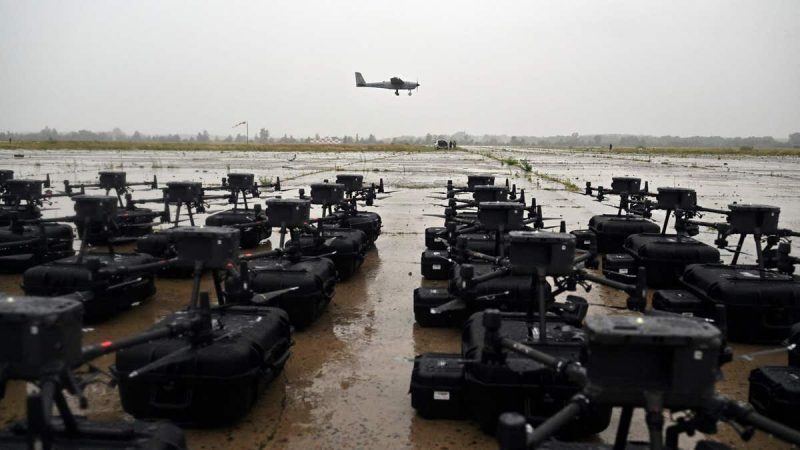
Drone Warfare: How the US is Adapting to the New Battlefield Frontier
Drones have become an increasingly significant component of modern warfare, reshaping the landscape of conflict and prompting the United States and other nations to adapt and scramble to keep up with the changing times. The proliferation of drone technology has revolutionized the way wars are fought, with both military and non-state actors leveraging these unmanned aerial vehicles (UAVs) for a variety of tactical and strategic purposes.
One of the most striking aspects of drone warfare is the ability to carry out precision strikes with minimal risk to the operator. Drones equipped with advanced sensors and targeting systems can deliver surgical strikes on enemy targets with a level of accuracy that was previously unattainable. This precision has made drones a preferred tool for targeted killings and counterterrorism operations, allowing governments to eliminate high-value targets while minimizing collateral damage.
The rise of drones has also blurred the lines between warfare and surveillance, with UAVs being used not only for offensive strikes but also for reconnaissance and intelligence-gathering purposes. Drones provide real-time situational awareness to commanders on the ground, allowing them to make more informed decisions and adapt to changing battlefield conditions rapidly. This enhanced surveillance capability has helped the US and its allies maintain a competitive edge over adversaries who lack similar reconnaissance capabilities.
However, the increasing use of drones in conflict zones has raised ethical concerns about the potential for remote warfare to desensitize operators and decision-makers to the human cost of their actions. Critics argue that the use of drones can lead to a dehumanization of warfare, with operators detached from the physical and emotional consequences of their actions. This shift towards remote, automated warfare has also sparked debates about the legal and moral implications of using drones to target individuals outside traditional battlefields, such as in counterterrorism operations in sovereign states.
As drones continue to shape the landscape of war, the US and other nations are scrambling to adapt their military strategies and capabilities to respond to this new reality. The US military, in particular, has invested heavily in drone technology, developing increasingly sophisticated UAVs with longer ranges, better endurance, and improved stealth capabilities. These investments are driven by the recognition that drones are likely to play an increasingly prominent role in future conflicts, requiring military planners to integrate UAVs into existing tactics, techniques, and procedures.
In conclusion, the rise of drones as a tool of modern warfare represents a paradigm shift in how conflicts are waged and raises important questions about the ethical and legal boundaries of remote warfare. As the capabilities of drones continue to evolve, the US and other nations must grapple with the implications of these technologies for national security, international law, and the moral conduct of warfare. The future is here, and the challenge for policymakers and military leaders is to harness the potential of drones while mitigating the risks and ethical dilemmas they present.